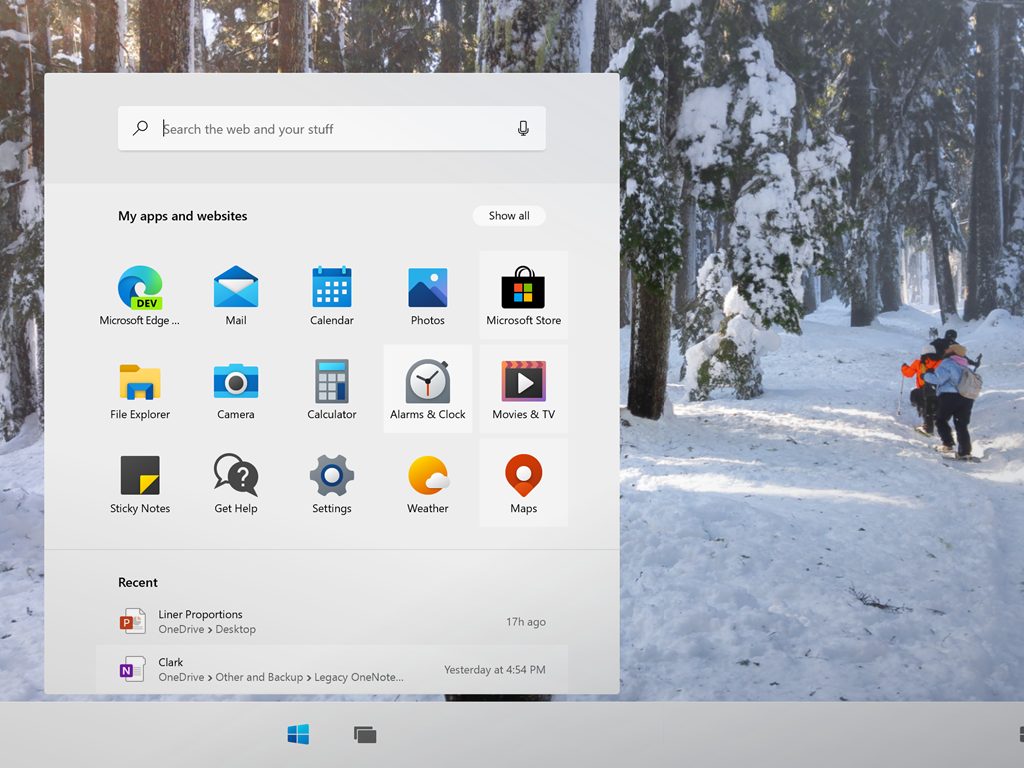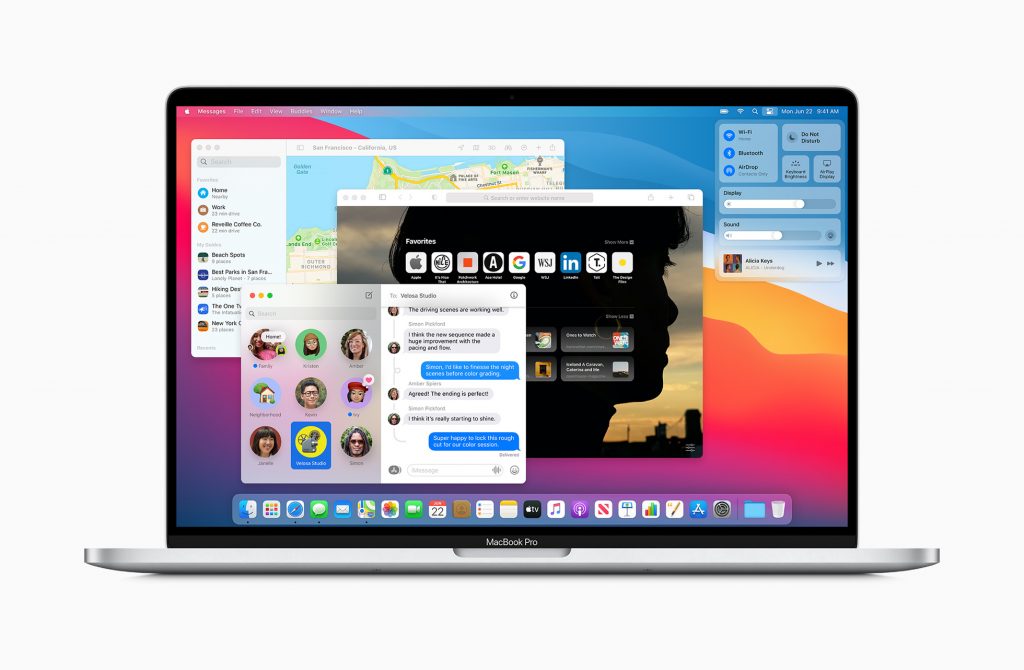Windows 10, Microsoft’s latest desktop operating system is celebrating its fifth anniversary today. The OS is now running on more than 1 billion devices, and it doesn’t look like it’s going to be replaced by “Windows 11” anytime soon.
As we’ve been following the development of Windows 10 since the beginning, it’s clear that a lot of things changed since the release of the first Windows 10 Insider builds in fall 2014. Last year, Dona Sarkar, the previous head of the Windows Insider program, said that there now more than 16.5 million Insiders testing preview builds for the OS, which is massive.
In this “Windows as a service” era, following what’s happening in the Windows 10 world is not always easy. In recent years, we’ve gone from two major updates every year, to a new system with one major update in the spring followed by a minor one in the Fall. Things could once again change with the upcoming launch of Windows 10X, a new lightweight version of Windows that may not be able to run Win32 apps natively at launch.

Windows 10 has definitely improved as an OS since launch, though with some hits and misses. Some new features like the revamped Start Menu, Snip & Sketch, and the Xbox Game Bar are great improvements, but others additions like Timeline, Cortana, or UWP apps in general (the Microsoft Store included) still don’t get a lot of love. There are also design inconsistencies all over the place, and persisting legacy components such as the Control Panel which hasn’t been fully replaced yet by the new Settings app.
Back in 2015, Microsoft’s new CEO Satya Nadella said ahead of the launch of Windows 10 that “We want to move from people needing Windows, to choosing Windows and loving Windows. That is our bold goal with Windows.” Since then, Windows seems to have become just another product in the Microsoft portfolio, with no real public face.
Who’s the real head of Windows at Microsoft these days? The answer is definitely not obvious, though Chief Product Officer did become the leader of a new Devices + Windows team earlier this year, effectively rolling up the Windows Experience (client) and the hardware teams. It’s easy to find similarities between Panay’s trajectory and the one from Jony Ive, Apple’s former lead designer who went to overlook the design of iOS and macOS before leaving the company last year.

CREDIT: Andrew White
We do hope that Panay will have a good influence on the various teams working on Windows 10, though we may have some reasons to worry. A good example is Windows 10X, a new OS that was initially demoed on a premium dual-screen device, the Surface Neo. This device has now been delayed while Microsoft is now repurposing Windows 10X for single-screen Chromebook-like devices, though that new effort may come too late and with some big compromises. According to recent reports, Windows 10X could be able to stream legacy Win32 apps, but the primary focus at launch should be web apps powered by the new Chromium-based Edge browser.
Microsoft has been trying to adapt Windows for new form factors for many years now, but previous attempts such as Windows RT that skipped support for legacy Win32 apps failed. It took nearly five years for Windows 10 to reach 1 billion users, and Windows 10X is never going to achieve that without solid support for legacy apps. In the meantime, Windows 10 on ARM PCs such as the Surface Pro X aren’t in a much better shape, and the persisting app and driver compatibility issues on these devices make them a no-go for most consumers.
Windows 10 is 5 years old today, but it seems that it’s still exactly not where it needs to be, or where it could have been. Microsoft probably wasted a lot of time on experiments that never got any traction, including its EdgeHTML browser that could only gain new features with major OS releases. The company also wasted years on trying to make UWP apps replace Win32 apps, only to finally allow developers to update their legacy apps with UWP components.
For the next five years, we hope that Microsoft will go back to fundamentals. There are still a lot of room for improvement on core features like File Explorer, the Microsoft Store, the Action Center, and more. It’s been reported before that UI improvements from Windows 10X will eventually make the transition to Windows 10, though it would be nice if Microsoft could implement consistent design guidelines first. “Fluent Design” was expected to be the next big thing until it became something that few people actually understand, and Microsoft could probably learn a thing or two from what Apple did on macOS in recent years.
The late Steve Jobs once said that “Microsoft has no taste,” and it’s sometimes hard to disagree with this. Design may not be Microsoft’s biggest strength, but that’s not really something that’s been hurting Windows in any significant way. People who need Windows will continue to use it, and new features like the Windows Subsystem for Linux are also making Windows 10 increasingly appealing for developers. New form factors like Microsoft’s Surface Pro and the Surface Book are also leveraging Windows 10’s unique features, and the OS still provides plenty of room for other PC OEMs to innovate.
Windows 10 may not replace Windows 7 or Windows XP in the hearts of some Windows fans, but that’s ok. We may never “love” Windows 10 like CEO Satya Nadella wanted us to, but the free updates Microsoft releases every year are a good thing to keep PC enthusiasts interested. Importantly, Windows 10 in the first version of Windows that Microsoft isn’t developing behind closed doors, and we hope the Windows Insider program is here to stay.



